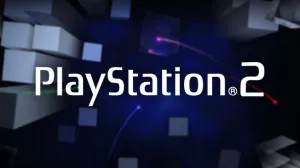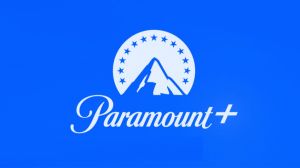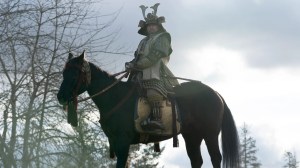As we get closer to the end of 2020, the night sky continues to put on a show. Over Halloween stargazers were treated to a rare full moon that was also the smallest moon of the year. Earlier this month, the planets aligned so that nearly every planet in the solar system was on display. Near Christmas, a rare conjunction between Jupiter and Saturn will form a “double planet” in the sky and now tonight, November 29th, a Frost Moon eclipse will delight those looking in the late hours.
Videos by ComicBook.com
According to Prevention (via Yahoo!) the full moon taking place overnight between November 29th and November 30th — the Frost Moon — is also a faint eclipse, one that may be so faint that according to EarthSky, some people may be looking directly at it and not realize it’s happening.
The Frost Moon — also called the Oak Moon or the Beaver Moon — is the full moon that occurs before the winter solstice. It also happens to be a penumbral lunar eclipse, but if you want to see it, you’ll need to stay up pretty late depending upon where you are. A penumbral lunar eclipse is when the moon moves into the Earth’s outer shadow, or penumbra, something that causes the moon to simply look darker than normal. The penumbral eclipse taking place Sunday into Monday is the last one of the year and is visible in North and South America, Australia, as well as parts of Asia.
In the Eastern time zone, the peak of the eclipse will take place at 4:43 a.m. on November 30th. In the Central time zone, it will be at 3:43 a.m.. In the Mountain time zone, that time is 2:43 a.m., in Pacific it is 1:43 a.m., and in the Alaska time zone, it’s 12:43 a.m. For those in the Hawaii time zone, it takes place at 11:43 p.m. on November 29th. At this time, about 83 percent of the moon will be in the partial shadow of the Earth, though as noted previously, it will be a very slight difference and it is possible that it may be difficult to detect with the naked eye, though it should be somewhat visible through a telescope> It’s also worth noting that the moon will be at its fullest during this event as well, reaching proper “full moon” status at 4:30 a.m. ET.
Will you be checking out the Frost Moon eclipse? Which cosmic event are you most excited about this winter season — the eclipse or the upcoming “double planet” conjunction? Let us know your thoughts in the comments.
Photo: Owen Humphreys/PA Images via Getty Images








